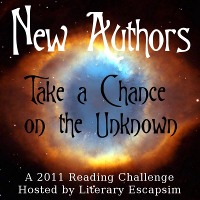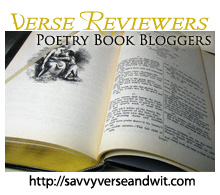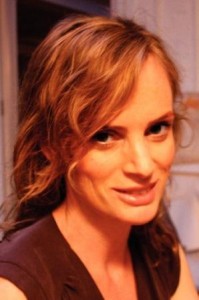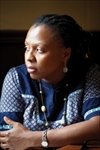
“And why couldn’t a mild-mannered desk doodle salesman like Mike be the recipient of the Genghis Khan gene?” (page 9 of ARC)
His wife, Jessica, is equally in a rut, but still enjoys her job as a ballroom dance instructor. She wishes that her marriage was more passionate and spontaneous, but the spontaneity she gets from John is not exactly what she’s looking for. However, she agrees that he should go to Alaska given the passionate gleam in his eyes. While some of the actions John takes are irrational and a bit nutty, readers will enjoy the shear witty prose and dialogue that accompanies the surreal situations presented.
“Q continued to walk with half steps, arms folded.
‘Stop shivering,’ Jacobs said.
‘I’m fucking freezing.’
‘Act Eskimo.’
‘What does that even mean?’
‘This is the thaw. This should be warm for you.'” (page 88 of ARC)
John is on a journey to find himself and to shake up the mundane, but in the midst of his journey he comes to realize that his life was already full before he left for Alaska. Meanwhile, the chief of the Inuit tribe, Akmaaq, is looking for an end to his suffering as the leader being slowly shunned and cast aside following a dreadful whale hunt the year before. He is like Ahab more than John because he is seeking to meet the white whale — his fate and death. Although Akmaaq is native, like Queequeg in the original Melville novel, Akmaaq is neither a cannibal nor seeking adventure in the wide world beyond his isolated tribe, but he has established a friendship with John to ensure his safety — at least partially — and is aware that death awaits. Ishmael is John, here in Minichillo’s novel, because he is seeking adventure and change — he is on the journey.
The Snow Whale by John Minichillo is an excellent debut novel that will likely be on the best of 2011 list. It incorporates classic literature, though knowledge of Melville’s novel is not necessary to enjoy the wit and captivating story Minichillo creates. John is a quirky character that readers will sympathize with, and his journey may be a bit surreal, but probably mirrors some of the fantasies readers have had about escaping their boring lives behind a cubicle wall. Book clubs would find a great deal to discuss from the modernization of tribal people to the misconceptions “white” people have about different cultures and peoples, and themselves.

John Minichillo lives in Nashville with his wife and son. This is his first novel. Please do check out the interview with John at Atticus Books. Here’s a sneak peak of the book.

This is a stop on The Literary Road Trip since this book is published by Maryland house Atticus Books.














 About the Author:
About the Author:



